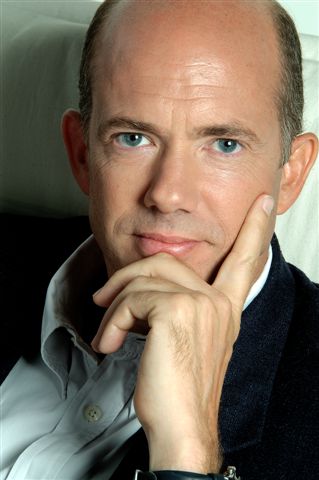Tο 1961 οι πλούσιες χώρες υποσχέθηκαν στις φτωχότερες να τους παρέχουν βοήθεια ίση με το 0,7% του AEΠ τους. Σήμερα, μόλις πέντε χώρες τηρούν αυτή την υπόσχεση Στο νέο μου βιβλίο «Το Τέλος της Φτώχειας» παρουσιάζω το πώς μπορεί να αντιμετωπιστεί, έως το 2025, η εξαθλίωση. Αυτό, όμως, μπορεί να γίνει μόνον αν τα πλούσια κράτη πραγματοποιήσουν την υπόσχεσή τους να βοηθήσουν τις φτωχότερες χώρες. Μια οικονομία για να ευδοκιμήσει και να αποδεχθεί τις ιδιωτικές επενδύσεις που είναι τόσο απαραίτητες για την ανάπτυξη μακροπρόθεσμα, πρέπει να έχει συστήματα υγειονομικής περίθαλψης και κοινωνικής ασφάλισης που να λειτουργούν. Χρειάζεται χρήματα για τη γεωργία και επενδύσεις, ώστε να εξασφαλίζεται η ύπαρξη πόσιμου νερού. Ακόμη, πρέπει να υπάρχουν βασικές υποδομές, όπως είναι ο ηλεκτρισμός και οι δημόσιες συγκοινωνίες. Οι φτωχότερες χώρες, όμως, ακόμη και αυτές στις οποίες η διακυβέρνηση είναι χρηστή, δεν έχουν τους πόρους για να χρηματοδοτήσουν τέτοιες επενδύσεις.
Μεγάλη ντροπή
H έλλειψη επαρκούς εξωτερικής βοήθειας είναι η μεγαλύτερη ντροπή για τον πλανήτη - και αυτό ισχύει περισσότερο για τις Ηνωμένες Πολιτείες. Οι ΗΠΑ θα πρέπει να συνειδητοποιήσουν άμεσα τις ανάγκες που υπάρχουν στον κόσμο και να πραγματοποιήσουν όλα όσα έχουν υποσχεθεί. H πιο σημαντική υπόσχεση που έχουν δώσει οι πλούσιες χώρες στις φτωχότερες, είναι να τους παρέχουν βοήθεια ίση με το 0,7% του ΑΕΠ τους. H δέσμευση αυτή πραγματοποιήθηκε πριν από 44 χρόνια, το 1961, όταν ο ΟΗΕ υιοθέτησε ψήφισμα για σημαντική αύξηση της εξωτερικής βοήθειας (προς τις φτωχότερες χώρες του κόσμου), με στόχο η βοήθεια αυτή «να φθάσει το συντομότερο δυνατό περίπου το 1% του συνολικού εθνικού εισοδήματος των οικονομικά ανεπτυγμένων χωρών». Εκείνο τον καιρό, αυτή η βοήθεια έφθανε περίπου το 0,5% του εισοδήματος των ανεπτυγμένων οικονομιών. ...
